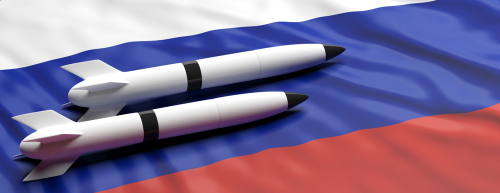You likely have not heard of the Pix system unless you live in Brazil. Pix is an “instant payment ecosystem” launched on November 16, 2020, by Brazil’s central bank (BCB). Pix primarily works through the use of QR codes that users use to access their digital accounts for payments. The pandemic helped push people to digitalized banking, and now the system has surpassed the use of credit and debit cards.
About 30% of all transactions in 2022 happened on the Pix system, compared to only 20% via credit cards and 19% on debit cards. Three billion monthly transactions take place through Pix and that figure continues to grow. “The adoption of Pix in society has been very intense,” commented Carlos Eduardo Brandt, head of Pix Operations at the Central Bank of Brazil. Two-thirds of the entire population of Brazil now uses Pix as it has become ingrained in everyday life. Cash transactions are in decline, dropping by a quarter since 2020. However, Brazilians once preferred cash and those in rural areas accepted their wages in the Real.
The International Monetary Fund is pleased with the success of Pix and has been studying its success. The IMF published a study this July entitled, “Pix: Brazil’s Successful Instant Payment System.” “The authorities are now able to track monthly payment and related economic activity on a granular basis by geographical location, types of transactions, and borrowers, including by age group,” the study notes. The IMF says that mandatory participation by the big banks was one of the contributing factors to Pix’s adaptation.
Every central bank is developing its own CBDC. The goal of the globalists is to combine these digital currencies into one centralized database. Although Pix is not a CBDC, it has served the purpose of acclimating the banks, merchants, and users to the idea of a cashless society.









